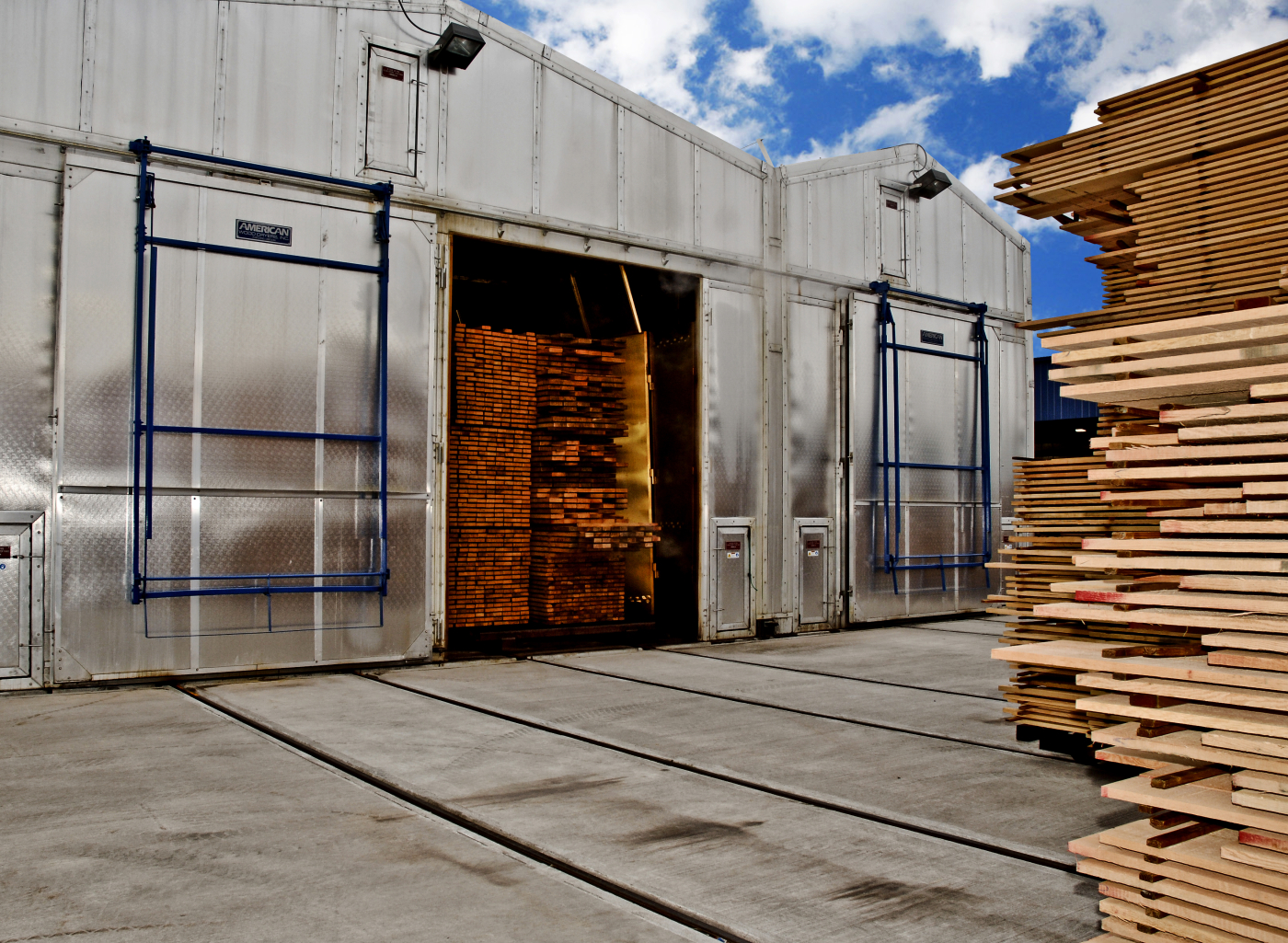In the wood processing industry, managing moisture content in wood is crucial for achieving high-quality and durable wood products. Log drying kiln technology plays a pivotal role in this process, offering an efficient and controlled environment to remove moisture from logs. This guide delves into how log drying kilns optimize wood processing, detailing their operation, benefits, and the significant improvements they bring to wood quality.
Understanding Log Drying Kilns
Log drying kilns are specialized chambers designed to carefully reduce the moisture content of wood. The process involves circulating hot air through the wood piles, which evaporates moisture. The conditions inside the kiln, including temperature, humidity, and air circulation, are precisely controlled to ensure that wood dries evenly and according to the desired specifications.
The Importance of Moisture Control in Wood Processing
Controlling moisture content in wood is vital for several reasons:
- Dimensional Stability: Properly dried wood is less prone to warping, shrinking, or swelling, which is crucial for maintaining the dimensional stability of wood products.
- Weight Reduction: Removing moisture lightens wood, reducing shipping and handling costs.
- Increased Durability: Dry wood is less susceptible to fungal attacks and decay.
- Improved Adhesion: Dry wood provides a better surface for adhesives and finishes, enhancing the final product’s appearance and longevity.
Advantages of Using Log Drying Kilns
Using a log drying kiln offers distinct advantages over natural drying methods:
- Speed: Kilns can dry wood much faster than air-drying, significantly speeding up the production cycle.
- Uniformity: Kilns provide uniform heat and airflow, ensuring even drying throughout the wood stack.
- Quality Control: Advanced sensors and controls allow operators to precisely manage the drying process, tailoring it to specific types of wood and desired end-use properties.
The integration of a log drying kiln into wood processing operations marks a significant step towards optimizing production efficiency. It ensures that wood is not only dried more quickly but also with greater uniformity and control, leading to superior quality products that are consistent and reliable.
Types of Log Drying Kilns
There are several types of log drying kilns, each suited to different needs and scales of operation:
- Conventional Kilns: These kilns use steam-heated air and are known for their robustness and wide applicability.
- Dehumidification Kilns: These use refrigeration systems to condense moisture from the air, ideal for smaller operations or specialty woods.
- Vacuum Kilns: These kilns reduce the air pressure around the wood to speed up drying at lower temperatures, suitable for very high-value or delicate woods.
Choosing the Right Log Drying Kiln
Selecting the right kiln depends on various factors, including the type of wood, the scale of your operations, and specific product requirements. Consulting with kiln manufacturers can provide valuable insights into the most appropriate kiln technology for your needs. Factors to consider include:
- Capacity: The volume of wood that can be dried at one time.
- Energy Efficiency: The amount of energy consumed during the drying process.
- Technology: The sophistication of controls and automation features.
Maintaining a Log Drying Kiln
Proper maintenance is crucial for the optimal operation of log drying kilns. Regular checks and servicing of heating elements, fans, and control systems help prevent downtime and ensure the kiln operates at peak efficiency. Additionally, training for operators on the proper use and maintenance of kilns can extend their lifespan and improve their operational efficiency.
Conclusion
Log drying kilns are essential for modern wood processing, offering an efficient and controlled means of reducing wood moisture content. By understanding the different types of kilns available and the specific benefits they offer, businesses can make informed decisions that significantly enhance the quality and durability of their wood products. As technology advances, the capabilities of these kilns continue to evolve, promising even greater efficiency and quality in wood processing.




